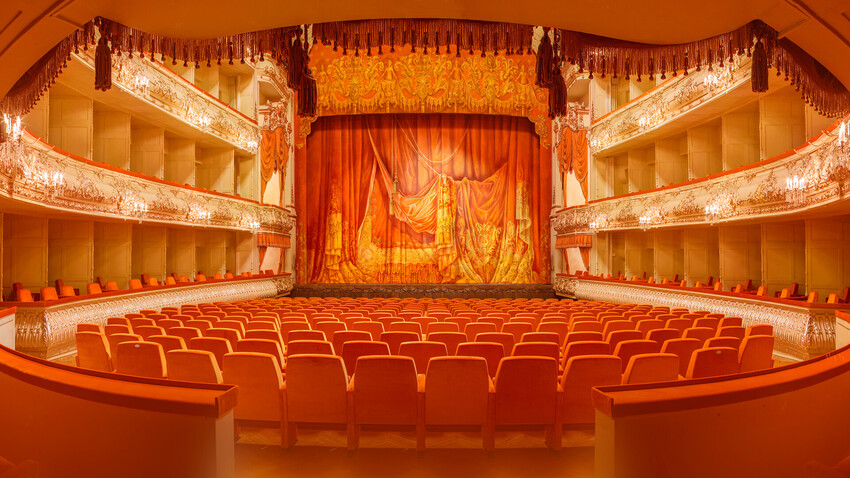
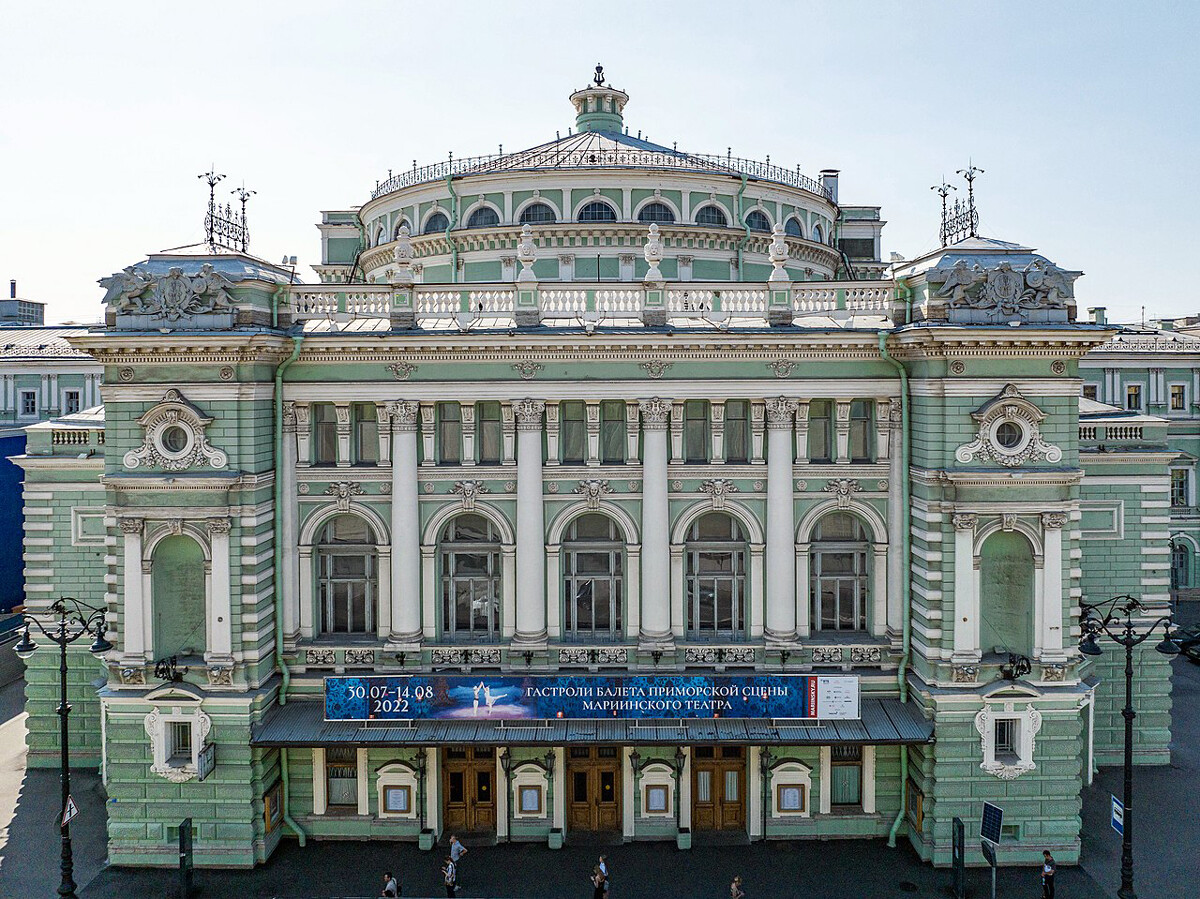
In 2023, this theater marked its 240th anniversary: It was founded in 1783 by a decree of Catherine the Great. A brick building was erected for the ‘Bolshoi Kamenny’ (‘Large Stone’) Theater (as it was called then) on Teatralnaya Square – it was the largest theater space in Europe at the time. The court troupe performed opera, ballet and drama there. One of the first Russian operas – 'Ivan Susanin' by composer Catterino Cavos – premiered there, as well as Mikhail Glinka's 'A Life for the Tsar' and 'Ruslan and Ludmila'. It was also there that Marius Petipa had his debut as choreographer. Masterpieces such as 'The Nutcracker' and 'Sleeping Beauty' to the music of Tchaikovsky saw the light of day in this theater. In 1862, the audience applauded 'La Forza del Destino' ('The Force of Destiny'), which Guiseppe Verdi wrote specially for it.
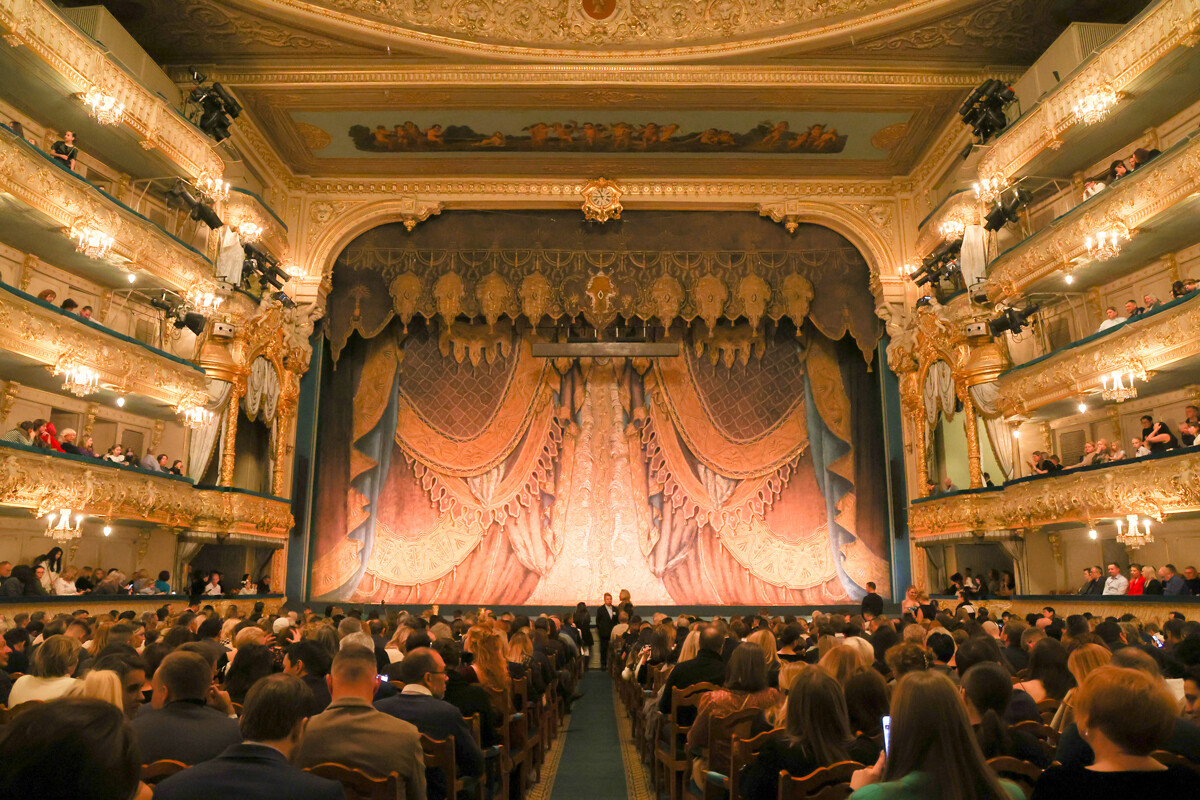
In 1866, the theater moved into its new premises and became the Mariinsky, named in honor of Empress Maria Alexandrovna, consort of Alexander II. Anna Pavlova and Matilda Kshesinskaya, Vaslav Nijinsky, Mikhail Baryshnikov and Rudolf Nureyev all gave dazzling performances on its stage.
Today, the likes of Diana Vishneva, Ekaterina Kondaurova and Viktoria Tereshkina shine in its ballet productions and among its opera stars are Anna Netrebko, Hibla Gerzmava, Vasily Gerello and Ildar Abdrazakov.

As one of the first Soviet theaters, it was established in 1919 at the initiative of writer Maxim Gorky and actress Maria Andreyeva. Its first performance was 'Don Carlos' by Schiller. In its early years, poet Alexander Blok and artists Mstislav Dobuzhinsky, Boris Kustodiev and Alexander Tyshler worked on its productions.
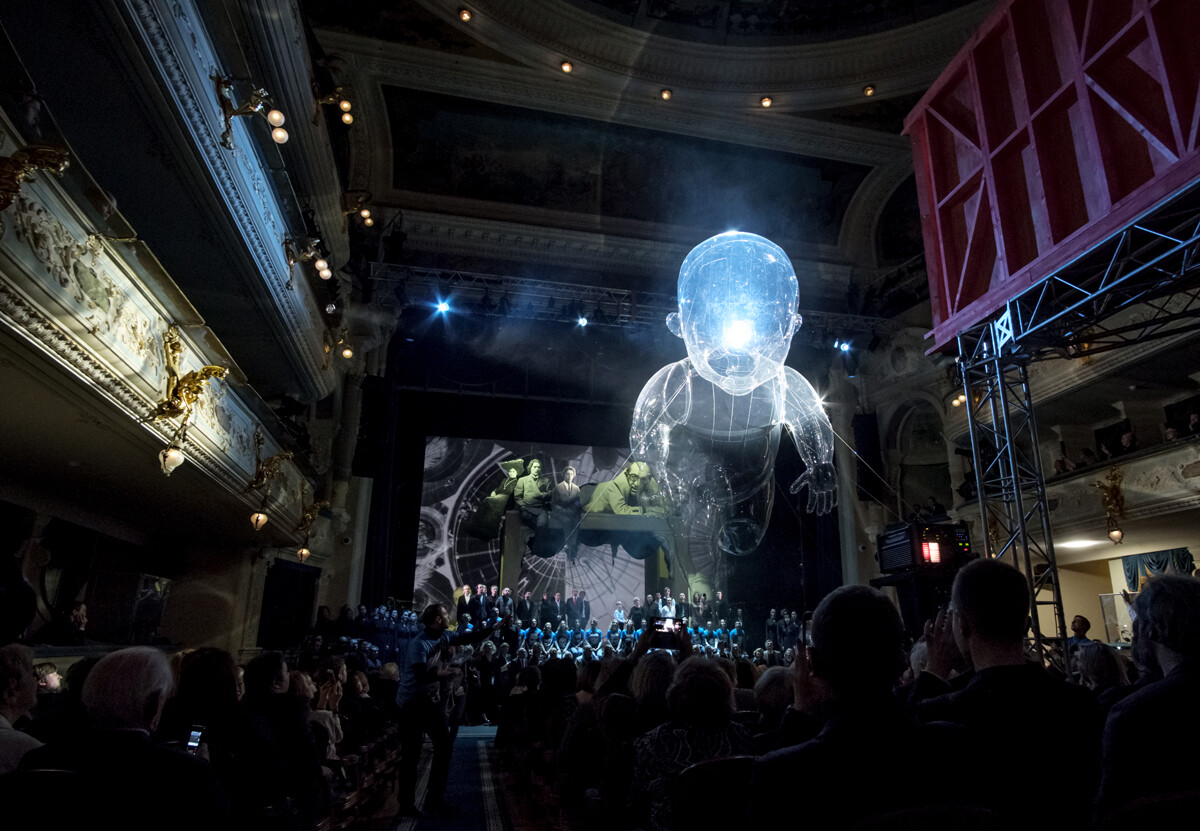
For more than 30 years, Georgy Tovstonogov was at the helm: He did not simply breathe new life into the theater, but also managed to have audiences fall in love with it. Austere classics, such as Gorky's 'Barbarians', were put on alongside wistful comedies like Alexander Volodin's 'Five Evenings', while 'Aesop' was staged along with Dostoyevsky’s 'The Idiot'.

The theater's building is a true embodiment of a temple of the arts. The exterior is restrained and austere, while the interior strikes visitors with its imperial luxury. It's a case of ‘noblesse oblige’: It was built next to Mikhailovsky Castle, the residence of Grand Duke Mikhail Pavlovich. Johann Strauss, Lucien Guitry, Feodor Chaliapin and Sarah Bernhardt performed in the theater. In its repertoire after the Revolution, operettas gave way to operas – 'Lady Macbeth of Mtsensk' and 'War and Peace' premiered there.
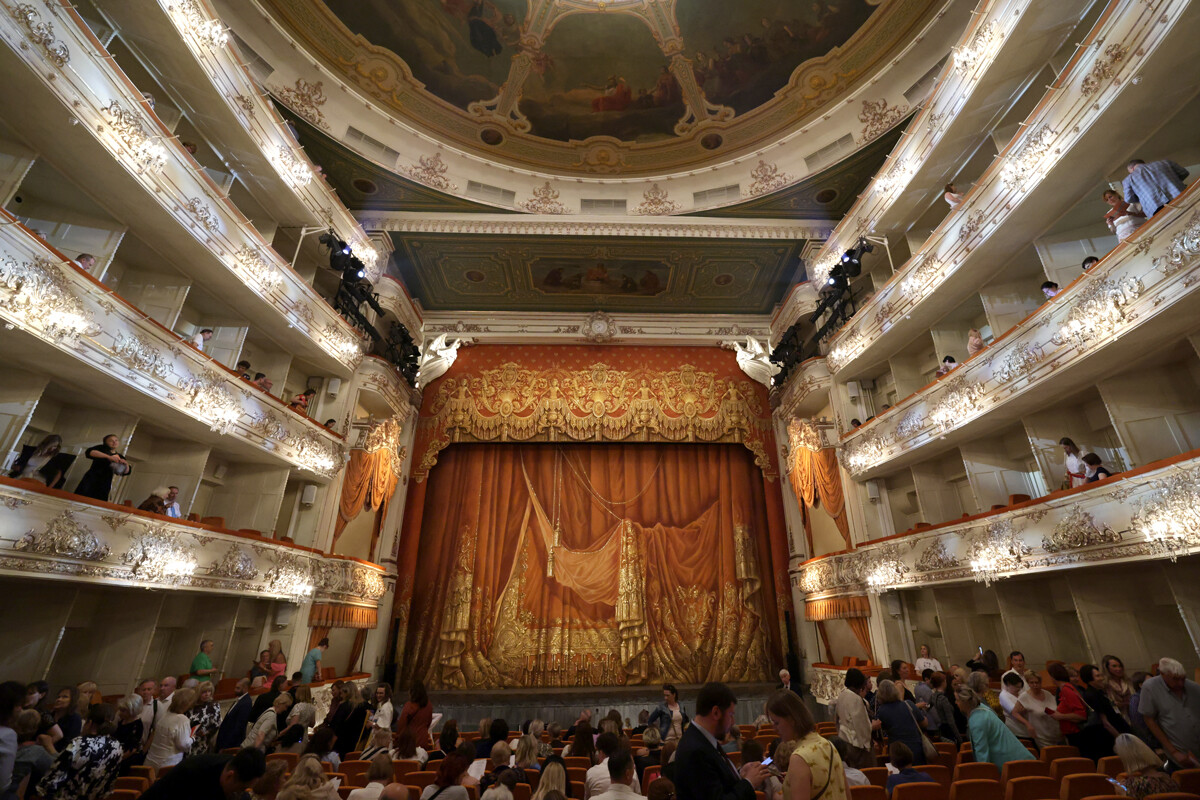
Today, the theater regularly performs classical ballets choreographed by Nacho Duato and Mikhail Messerer and operas staged by Eric Vigié and others.
The theater's founder describes ballet as a profoundly religious art and Boris Eifman's distinctive language has earned the theater an international reputation. He molded his theater at the interface of the Russian classical school and avant-garde ballet, describing it as a "dance of the emotions".
In dance, the theater's performers convey not just images and representations, but also ponder the most complex universal questions. The repertoire is grounded in the literary classics – 'Anna Karenina', 'Russian Hamlet', 'The Pygmalion Effect' and 'The Seagull' have either been put on there or continue to be staged.
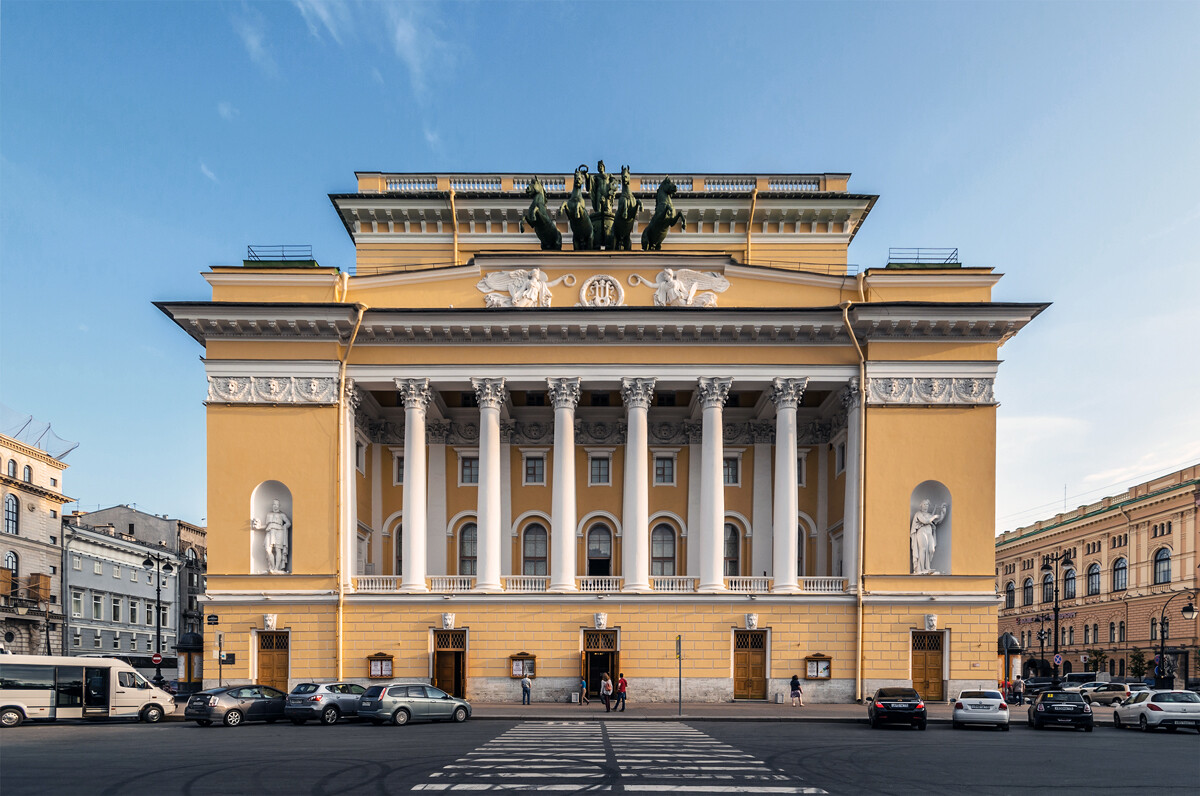
The first director of Russia's first public theater "for the performance of tragedies and comedies", founded by Empress Elizaveta Petrovna in 1756, was playwright Alexander Sumarokov, while the artistic director was famous actor Fyodor Volkov. The ‘Alexandrinka’ was the venue for the premiere of Griboyedov's 'Woe from Wit' and Pushkin's 'Boris Godunov', while, in the revolutionary days of February 1917, Vsevolod Meyerhold and Alexander Golovin's production of 'Masquerade' was performed on the theater's stage.
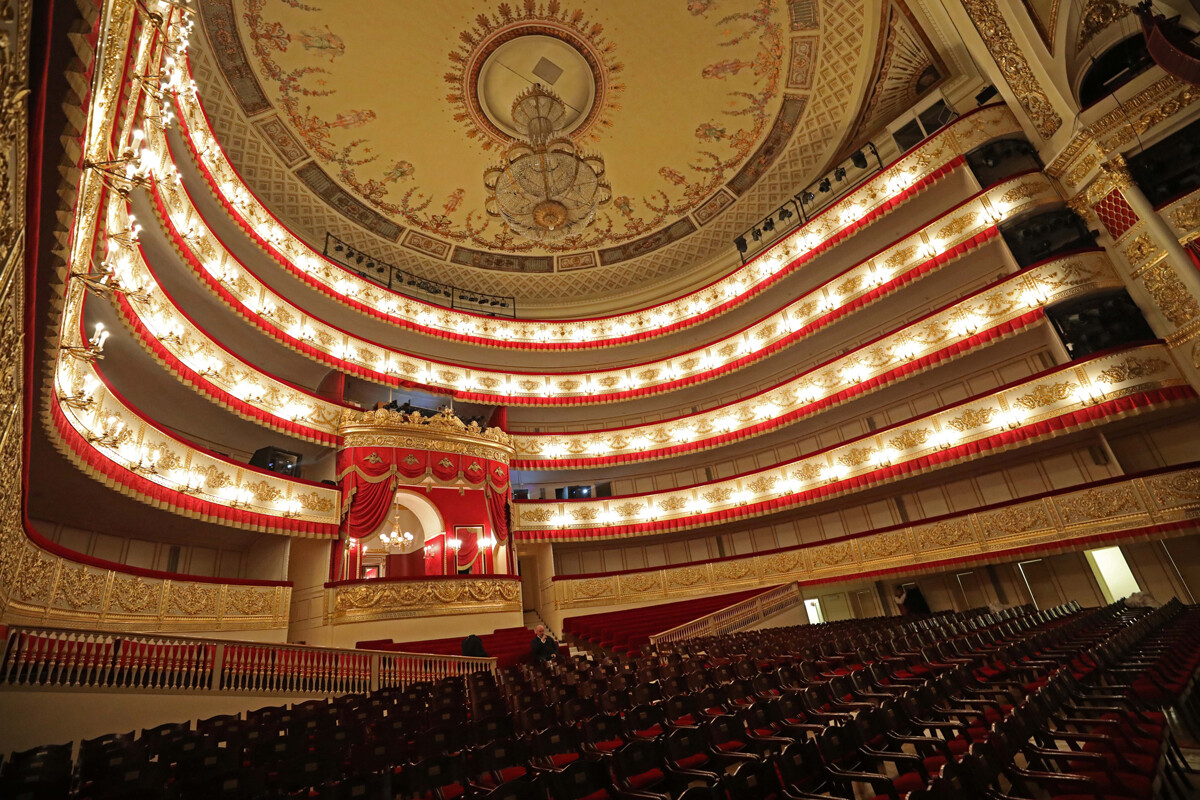
Today, the theater's repertoire includes the Russian classics, documentary plays about the ‘Alexandrinka’ during the years of the ‘Siege of Leningrad’ and about Saint Xenia of St. Petersburg, as well as audiovisual and sound projects.

This theater's history is associated, above all, with the name of Lev Dodin, who became its principal director in 1983 and artistic director in 2003. The distinctive directorial language of the theater has brought it international fame. Since 1988, it has carried the designation ‘Theater of Europe’ – alongside Milan's Piccolo Teatro and the Odéon in Paris.
Its repertoire today comprises Shakespeare, Chekhov, Turgenev, Dostoevsky, Okudzhava and others.
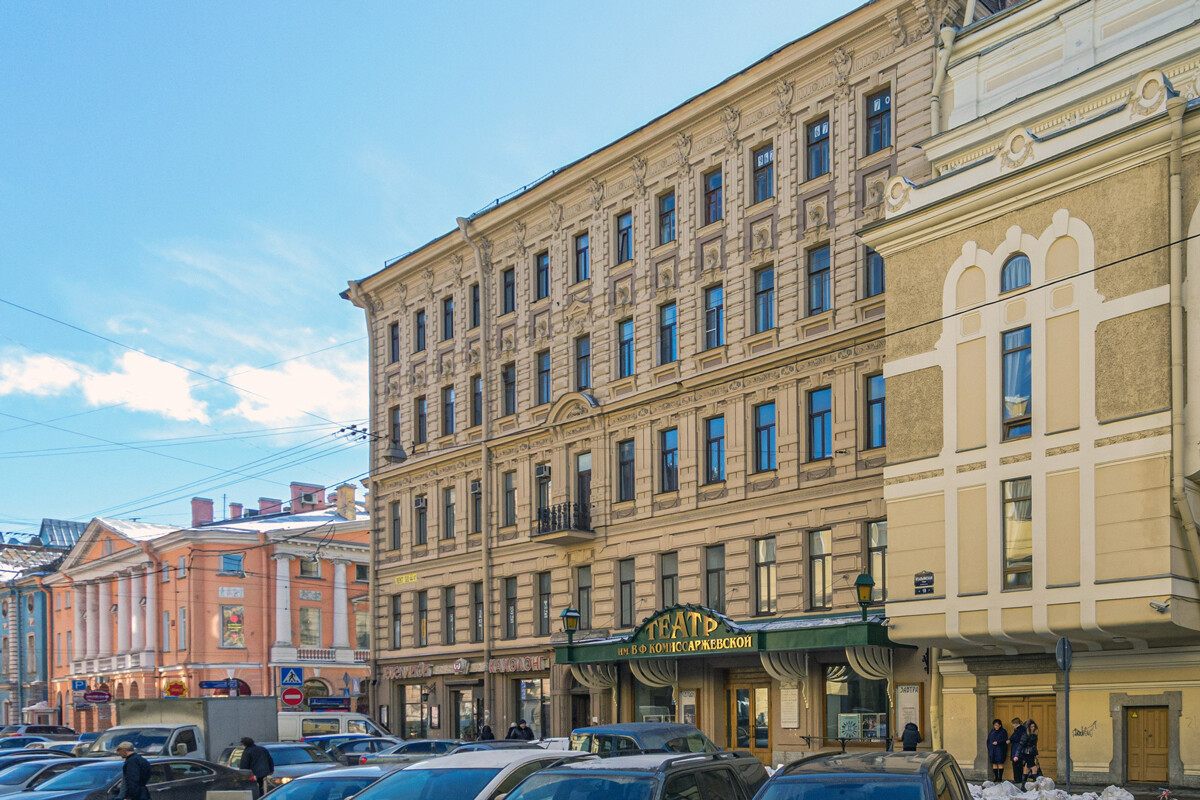
The theater was established during the Siege of Leningrad – in October 1942. Despite the inhuman conditions, the ‘City Theater’ – or ‘Blockade Theater’ as it was known then – kept its audiences' spirits up.
More than half a century ago, the theater was named after actress Vera Komissarzhevskaya. Today, the repertoire is built on directorial variety: distinctive interpretations of the classics and new wave drama.
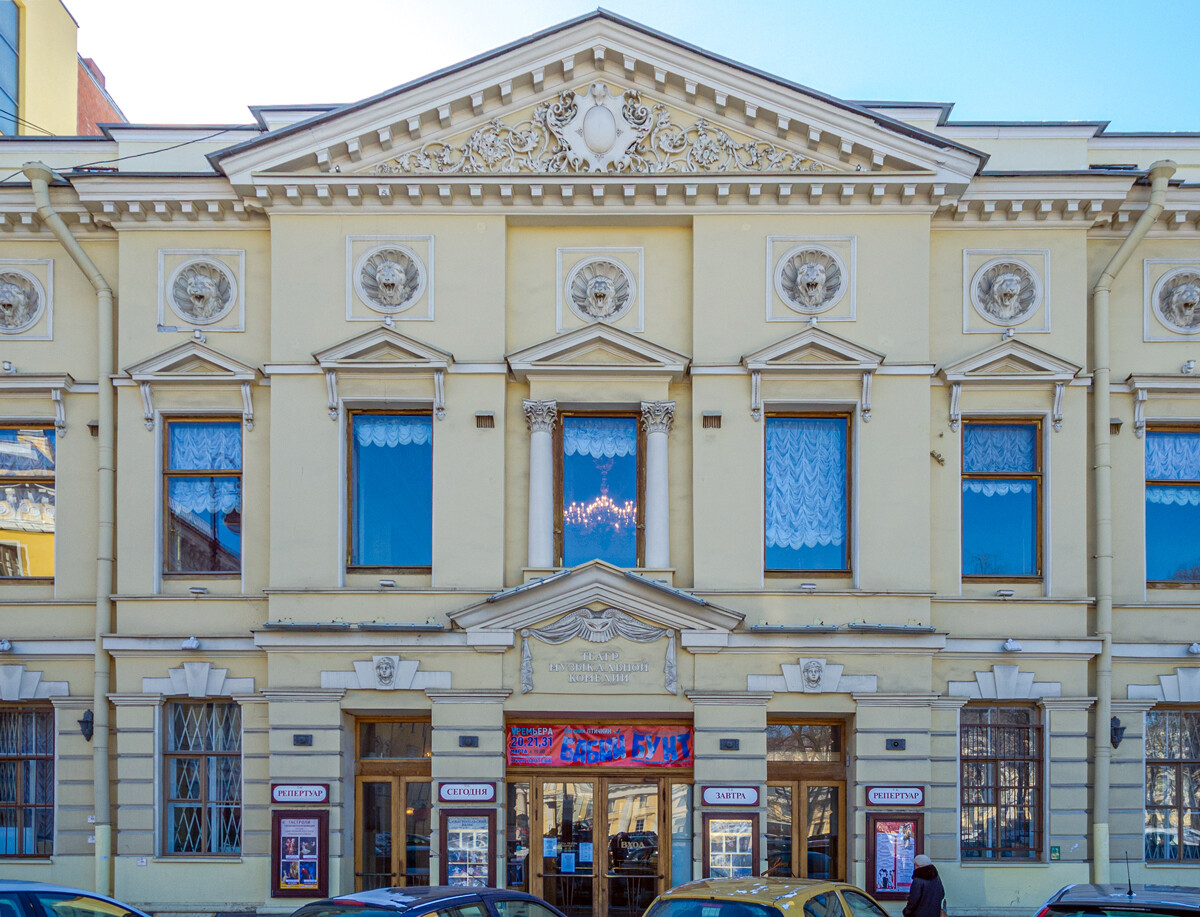
One of St. Petersburg's most lively venues began life with productions of operettas and comic operas. Composer Isaak Dunayevsky and choreographer Kasyan Goleyzovsky worked there in the 1930s. And, during the years of the ‘Siege of Leningrad’, it was the only theater that stayed open for all 900 days without closing down.
Today, the Musical Comedy Theater's repertoire includes classical and contemporary Russian and Western operettas and musicals, ranging from Agatha Christie's ‘The Mousetrap’ to ‘Pierre Le Grand’ ('Peter the Great') by André Grétry.
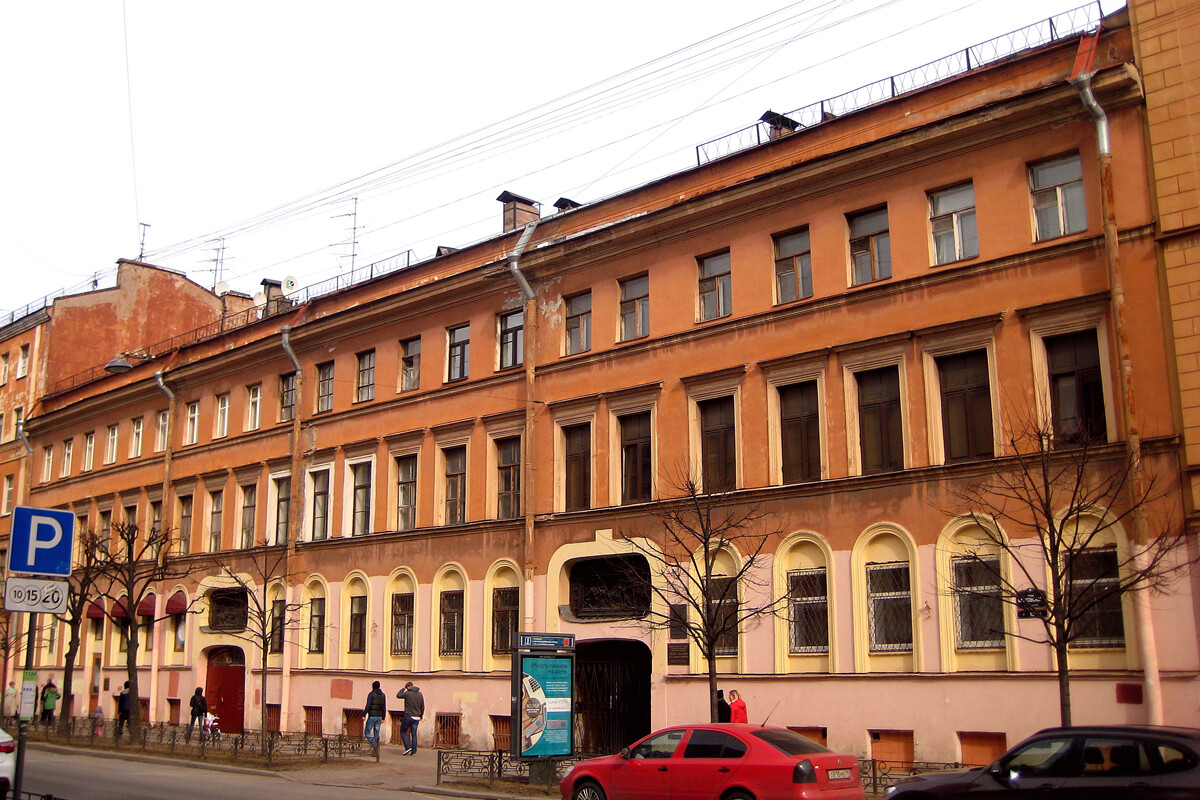
The founding of this theater in 1966 was a big event for the Soviet Union: Its repertoire was exclusively reserved for ballet. Its founder, Leonid Yakobson, had danced on the Mariinsky and Bolshoi's stages and, while remaining within the bounds of classical ballet, he created his own distinctive language.
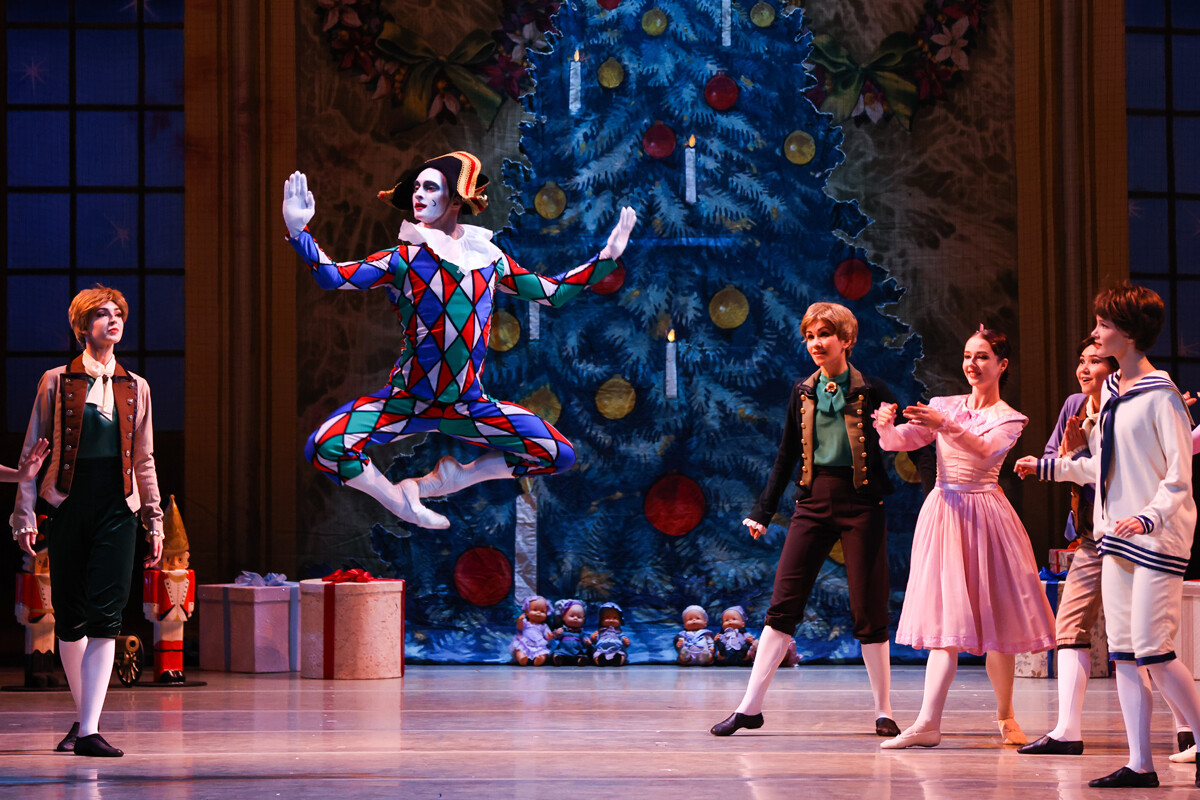
Today, the theater puts on classical and contemporary productions, from the much-loved 'Nutcracker' to performances using Yakobson's own choreography.

The theater's history perfectly encapsulates the country's turbulent 20th century history. It was established in 1933 and witnessed the campaign against ‘Meyerholdism’ (the first artistic director was Isaak Kroll, a student of Meyerhold), the creative exploration of new theatrical form and the development of a repertoire of plays by contemporary Soviet and foreign playwrights.
Director Yuri Butusov took over in the 2000s – he went on to shape the distinctive identity of the theater, which addressed man's place in the world to the viewer. Today, productions include a wide assortment of plays, ranging from Gogol's 'The Government Inspector' to Giulio Scarnicci and Renzo Tarabusi's 'A Signore of the Upper Crust' (the Russian title for 'Caviar and Lentils').
Dear readers,
Our website and social media accounts are under threat of being restricted or banned, due to the current circumstances. So, to keep up with our latest content, simply do the following:
If using any of Russia Beyond's content, partly or in full, always provide an active hyperlink to the original material.
Subscribe
to our newsletter!
Get the week's best stories straight to your inbox